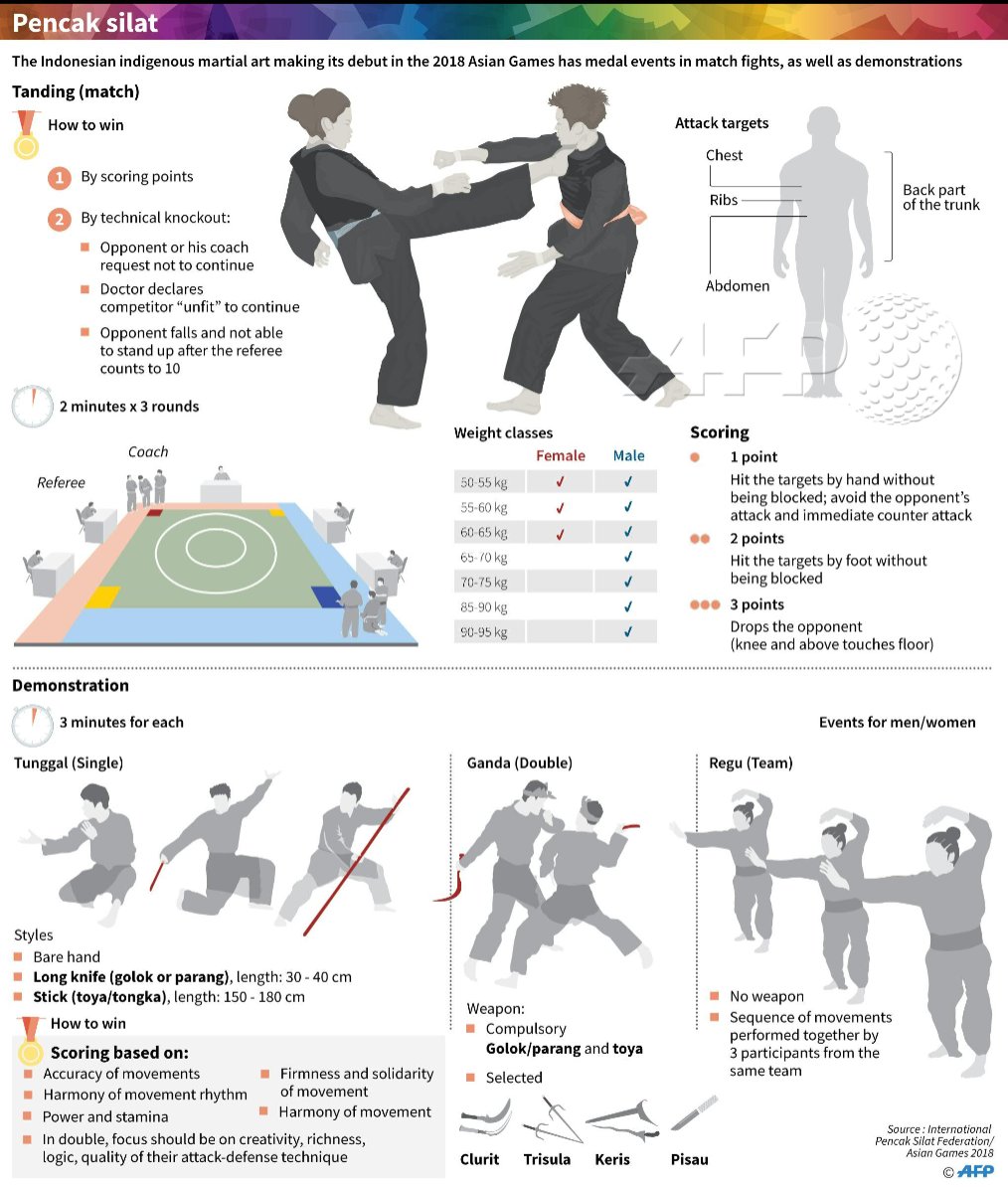Just How Does The Focus On Discipline In Typical Martial Arts Contrast With The Competitive Element Of Modern Battle Sporting Activities? Learn About The Vital Differences That Can Guide Your Development
Just How Does The Focus On Discipline In Typical Martial Arts Contrast With The Competitive Element Of Modern Battle Sporting Activities? Learn About The Vital Differences That Can Guide Your Development
Blog Article
Write-Up Author-Valentine Snedker
When you think about martial arts, do you lean more towards the conventional practices or the modern-day battle sports? Each path offers one-of-a-kind benefits and experiences, shaped by their ideologies and training approaches. Traditional martial arts emphasize individual development and discipline, while modern combat sporting activities concentrate on competitors and performance. Recognizing these differences can direct you in choosing the best method for your journey. However exactly how do these differences show up in training and philosophy?
The Ideology and Background Behind Standard Martial arts
While many people link martial arts with physical fight, the viewpoint and background behind typical martial arts run much deeper. You'll discover that these techniques stress personal growth, self-control, and respect.
Originating from ancient techniques, standard martial arts were commonly developed for Self-Defense and spiritual growth. They symbolize concepts such as balance, consistency, and self-control, directing professionals beyond simple battling skills.
As you train, you'll not only find out strategies however likewise obtain insights right into the culture and values that shaped these arts. The rituals and practices, often given through generations, foster a sense of area and belonging.
The Affordable Nature of Modern Battle Sports
Modern battle sports have actually changed the landscape of martial arts right into a very affordable arena, where professional athletes take on in an examination of ability, approach, and endurance.
what is kajukenbo made out of 'll discover that competitors are often arranged with strict regulations and regulations, guaranteeing fair play and safety. These events attract huge audiences, sustaining the enjoyment and intensity of matches.
Professional athletes train rigorously, not just for physical prowess yet likewise for psychological strength, knowing that every information counts in the ring. belt in martial arts during competitors is apparent, as fighters press their limitations to assert triumph.
Followers value the athleticism and artistry included, making modern-day fight sporting activities a thrilling phenomenon that continues to advance and mesmerize fanatics around the world.
Training Approaches and Methods: A Comparative Evaluation
The affordable atmosphere of modern combat sports needs cutting-edge training techniques that differ substantially from typical martial arts.
In modern training, you'll focus on particular methods, sparring, and conditioning, usually utilizing drills that replicate real battle circumstances. You'll see an emphasis on quantifiable efficiency and constant competition to analyze your abilities.
In contrast, conventional martial arts focus on forms, katas, and philosophical mentors, typically highlighting technique and regard over competitors.
Training is typically less extreme and may entail repetitive technique rather than real-time sparring.
While both strategies construct skill and physical fitness, modern-day fight sports offer an extra vibrant and versatile training atmosphere, preparing you for prompt difficulties in the ring or cage.
Select the path that aligns with your objectives and interests.
Verdict
In picking between standard martial arts and modern combat sporting activities, it really boils down to what you value many. If you're trying to find personal development, discipline, and a sense of area, conventional arts might be your best fit. However if please click the next website page grow on competition and real-time challenges, modern-day battle sporting activities could be the means to go. Inevitably, both paths use distinct benefits, so it's all about aligning your training with your personal objectives and interests.
